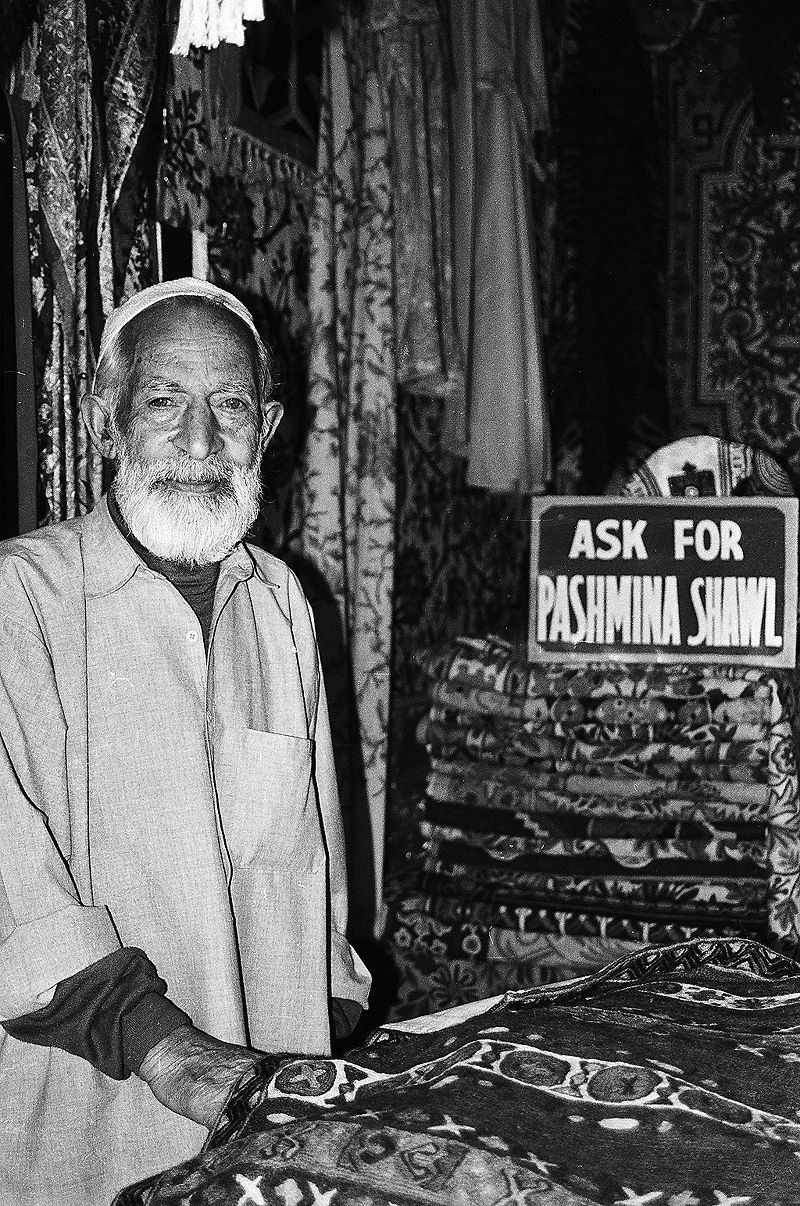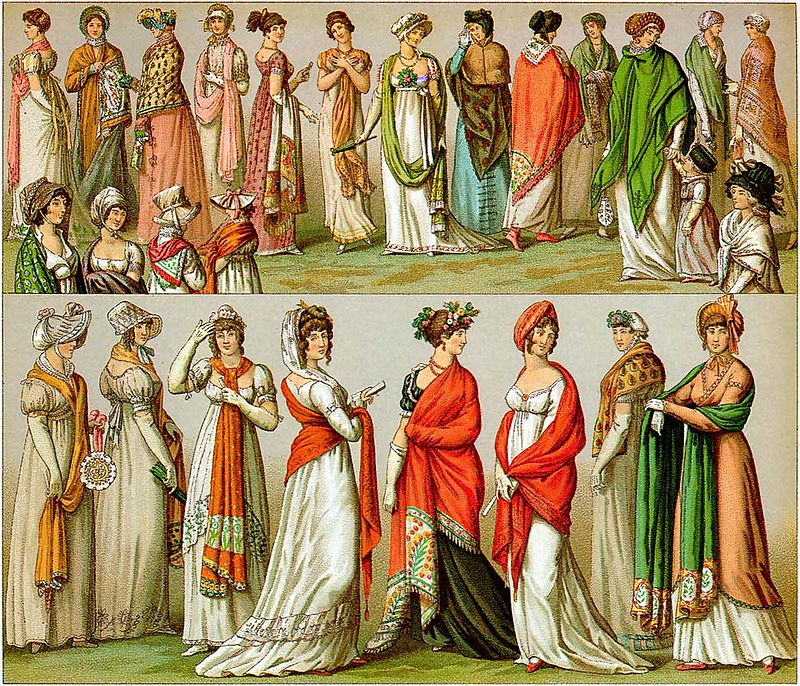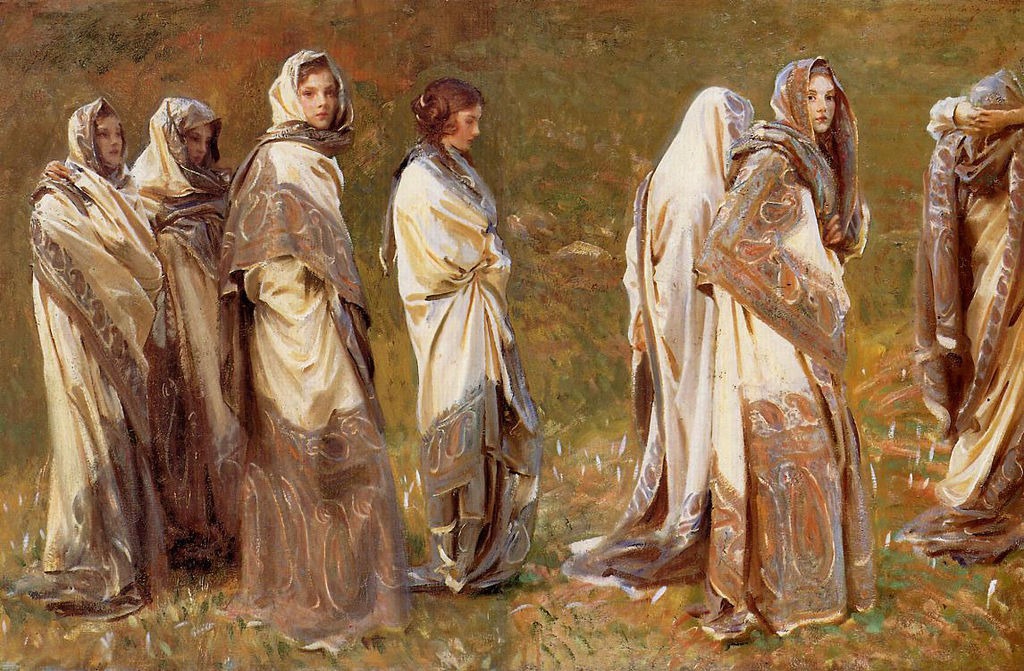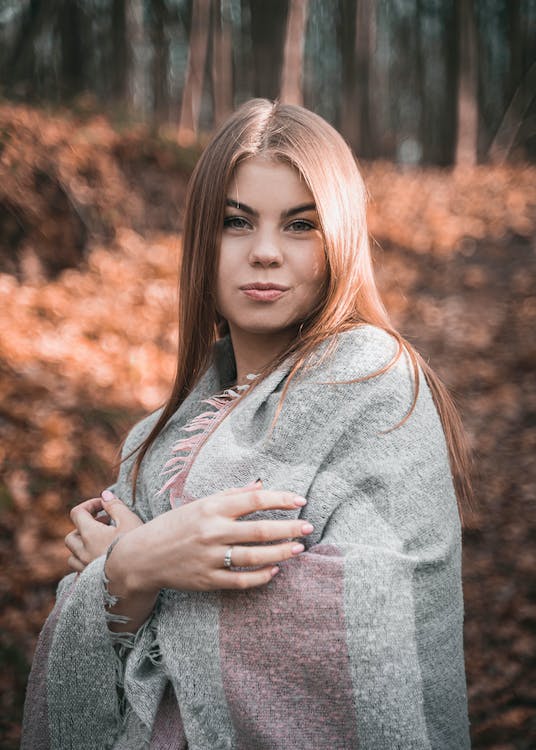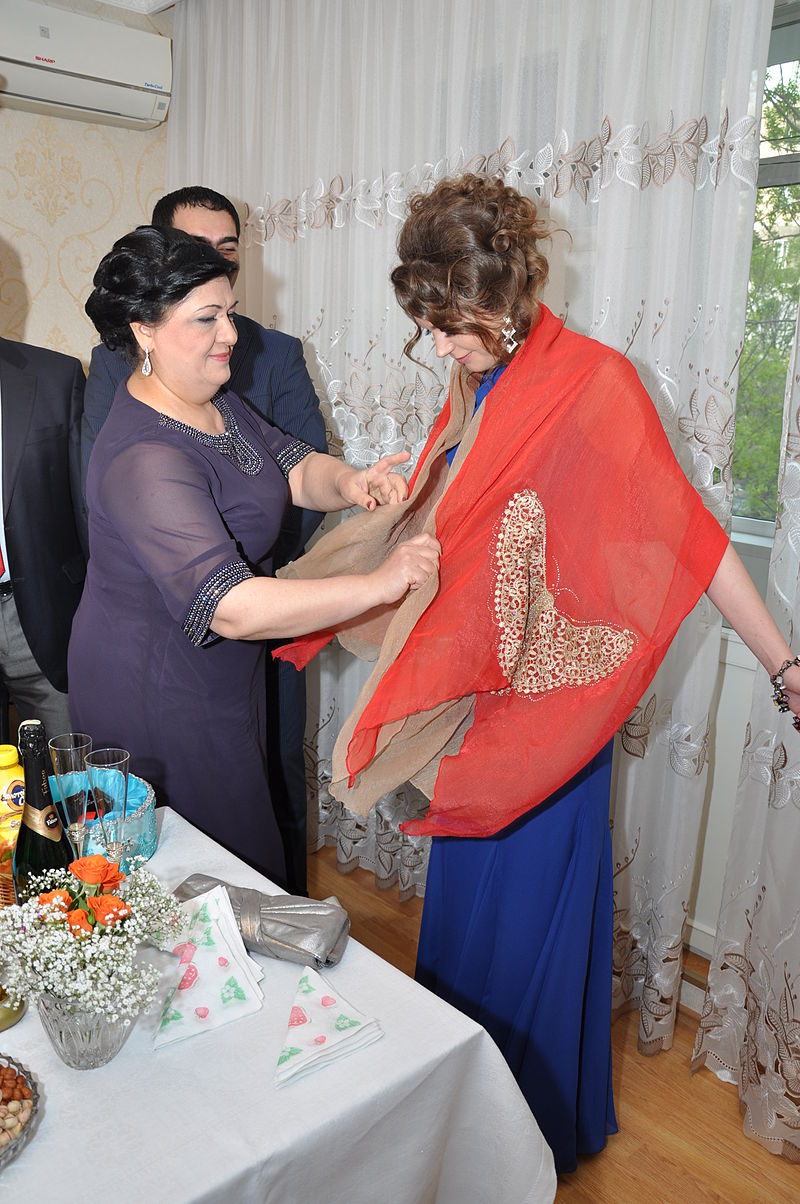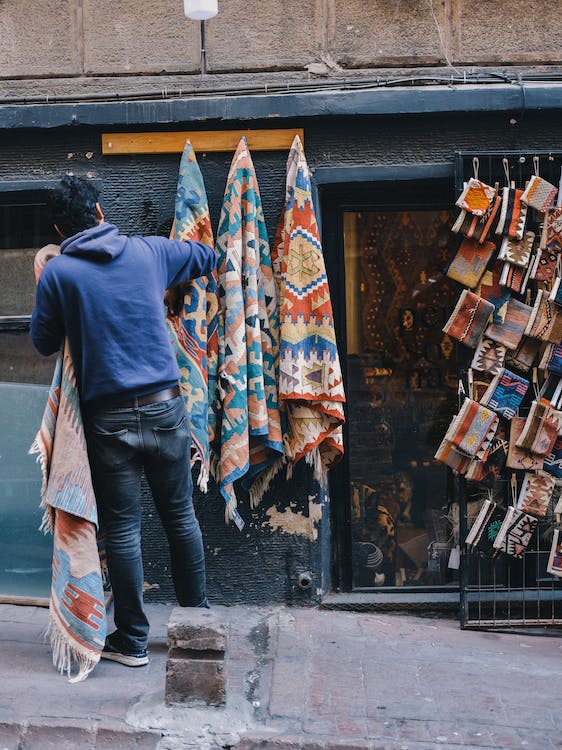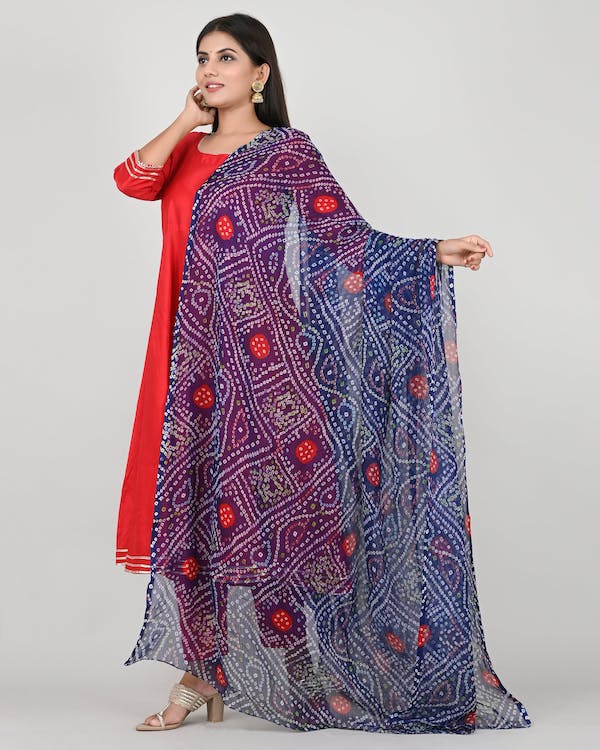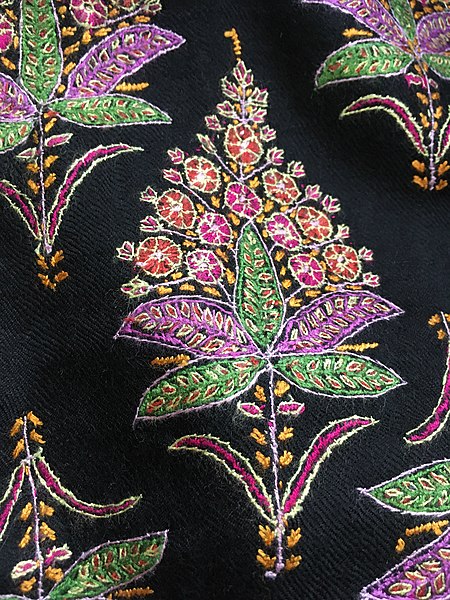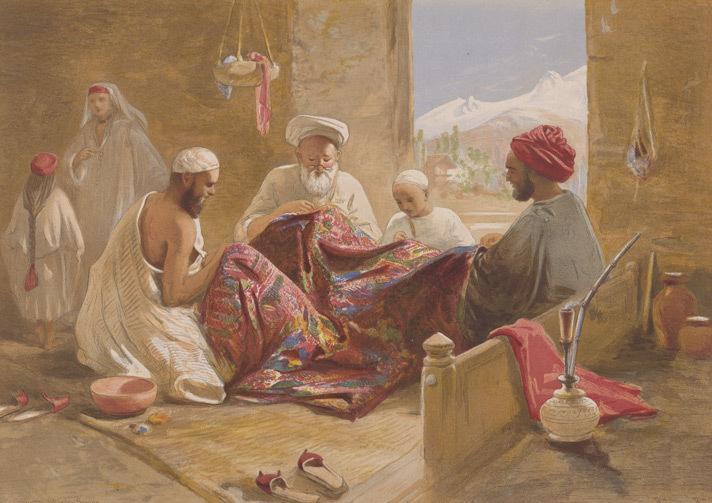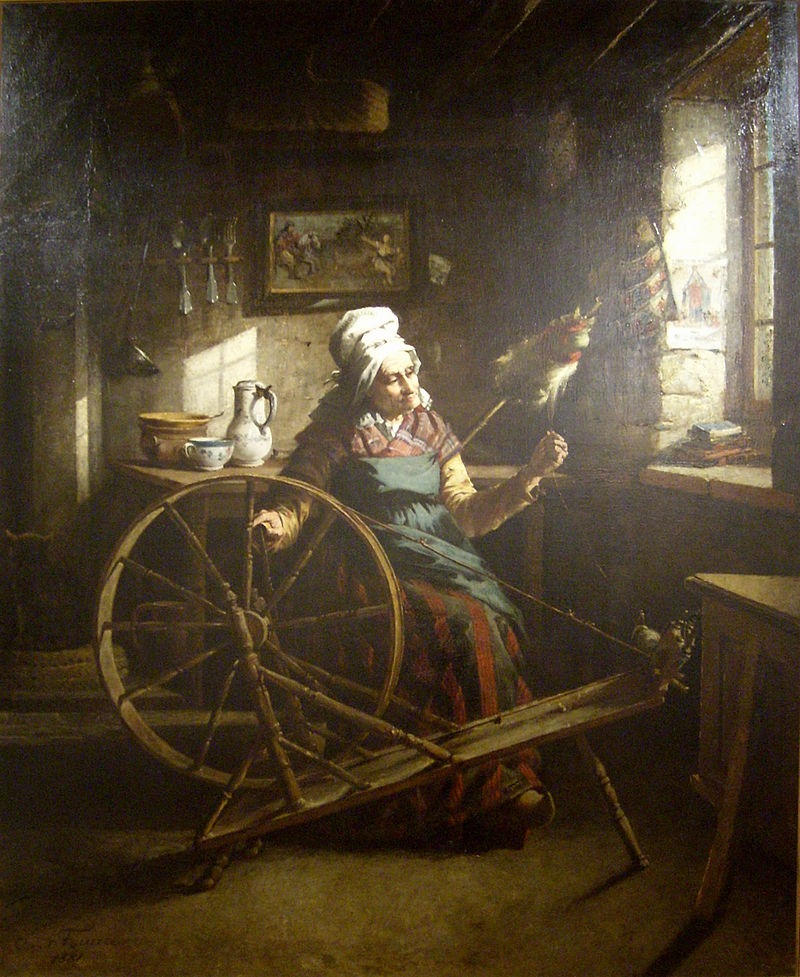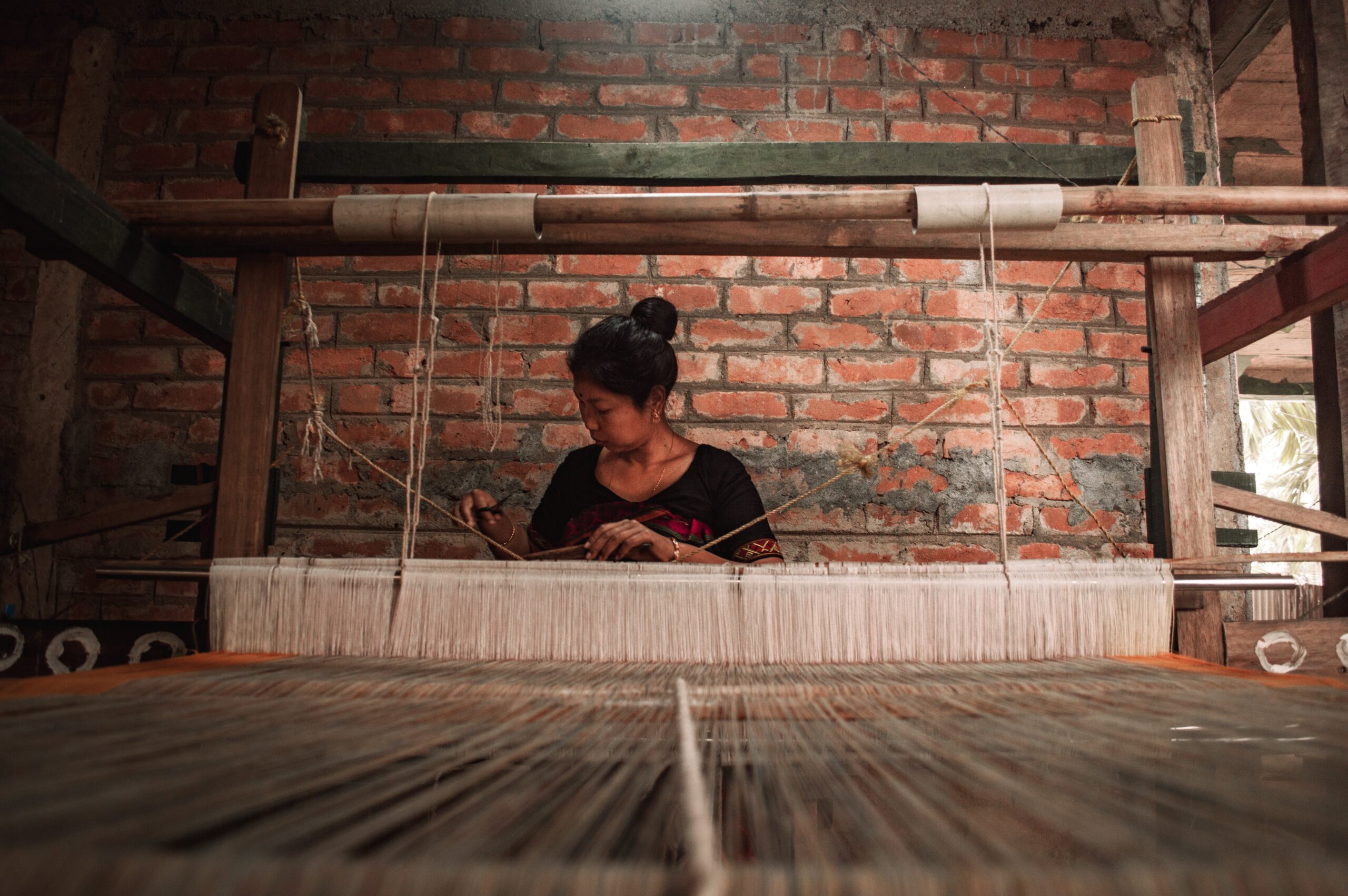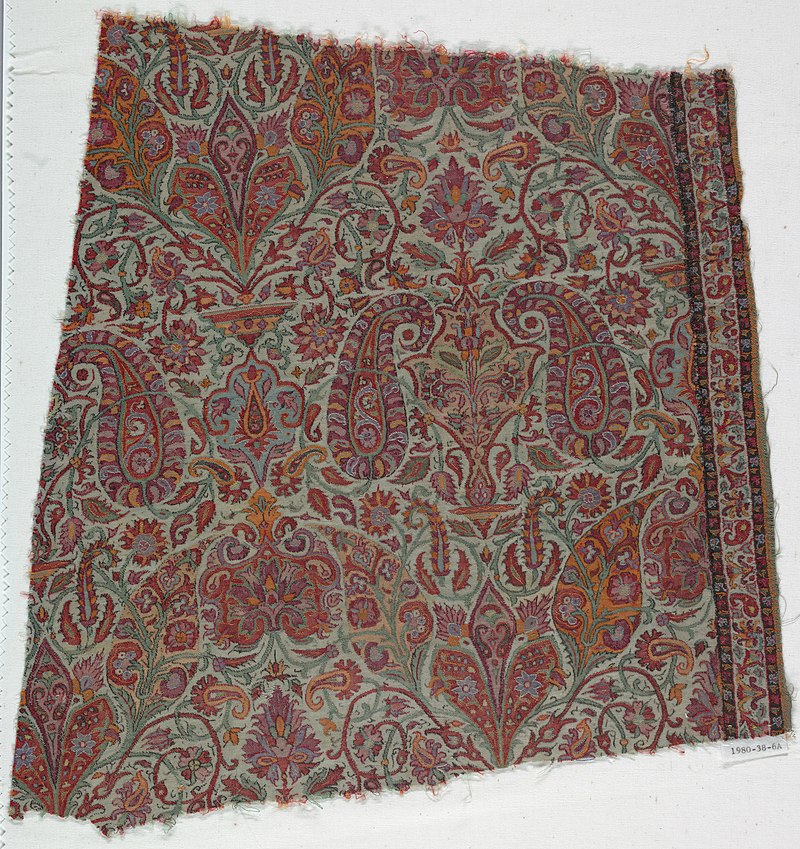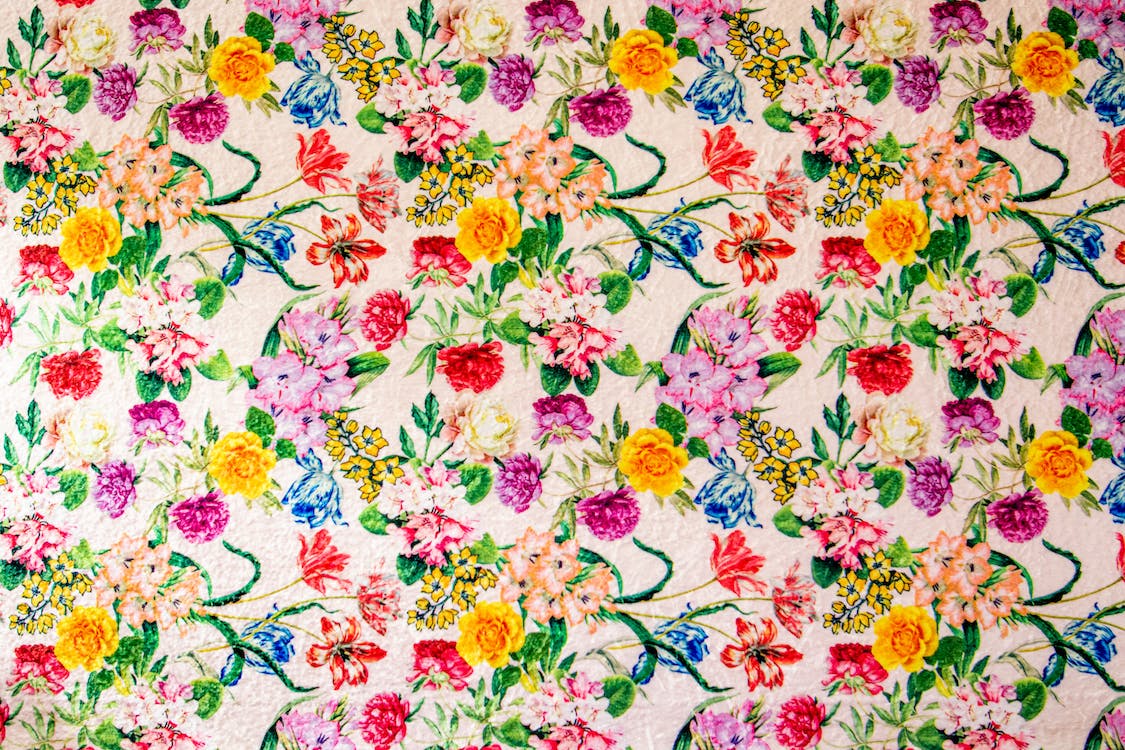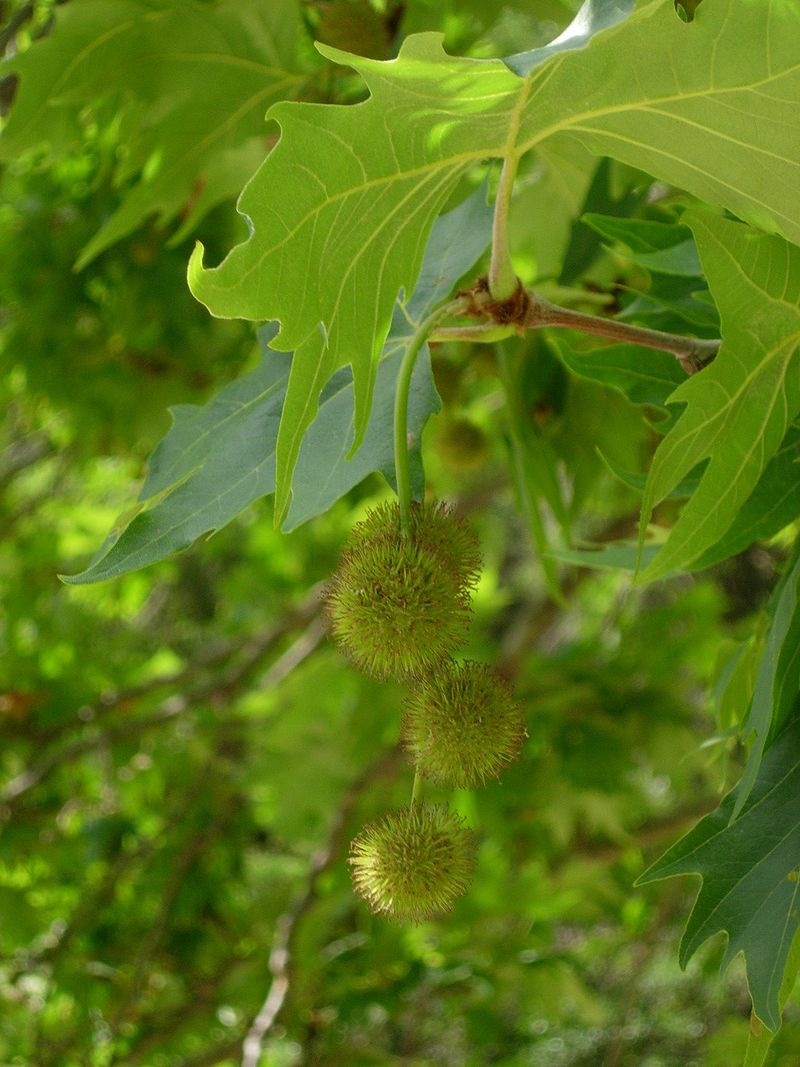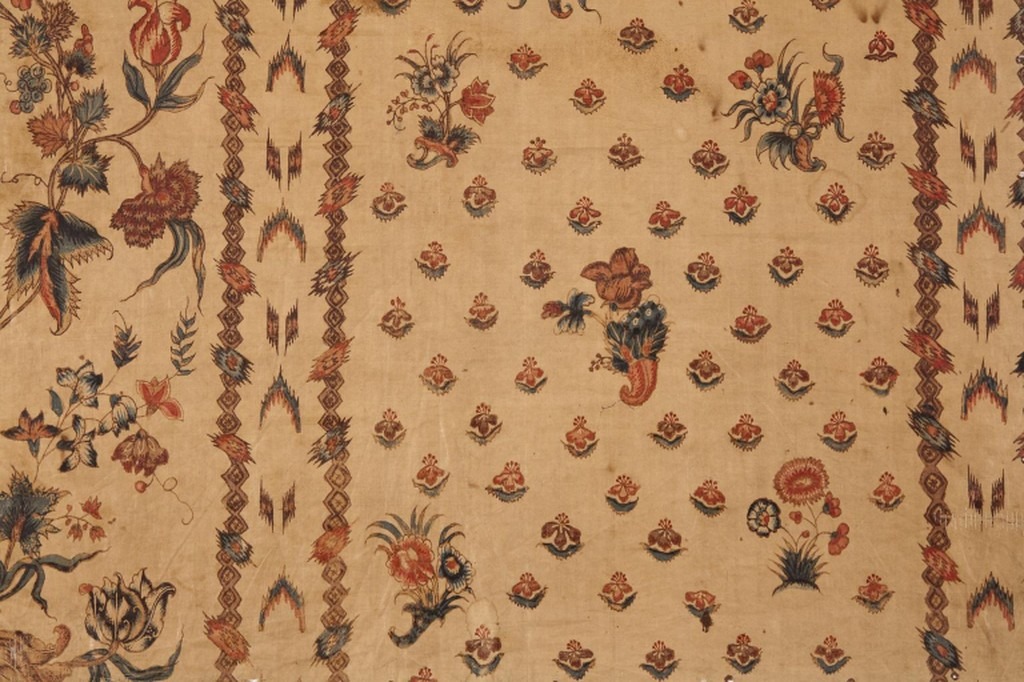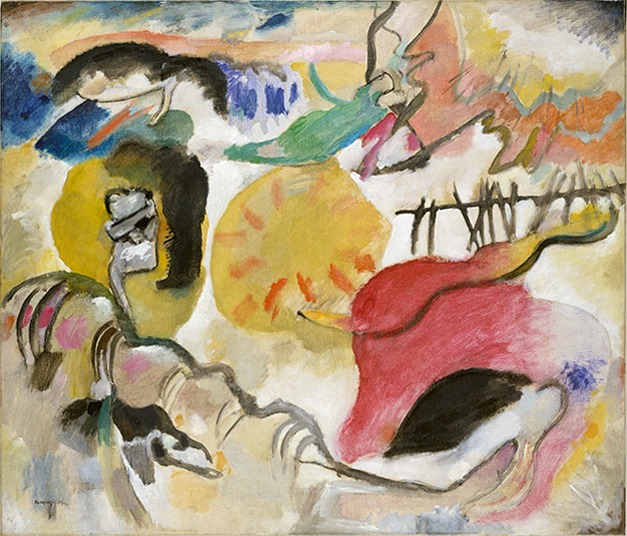The journey of Pashmina indeed has a fascinating history, dating back to the 13th century in the Kashmir Valley of India. According to legends, the story begins with the arrival of a saint from the Middle East along with a group of 700 skilled craftsmen, who sought to beautify the valley and spread their holy message. These craftsmen were said to possess exceptional skills in weaving and embroidery, and they brought with them the knowledge of working with the exquisite Pashmina wool sourced from the Changthangi goats that inhabited the Himalayan region.
With their arrival, the art of crafting Pashmina shawls and textiles began to flourish in the Kashmir Valley. The Pashmina wool, renowned for its unparalleled softness and warmth, became the foundation of the region’s textile industry. Over time, the craftsmanship of the local artisans merged with the techniques brought by the skilled craftsmen from the Middle East, giving rise to a unique and refined style that set Kashmiri Pashmina apart from other textiles.
As the fame of Kashmiri Pashmina spread, it captured the attention of nobility and royalty across various cultures. Pashmina shawls became highly prized possessions and were often used as valuable gifts exchanged between rulers and dignitaries. The demand for these luxurious shawls grew exponentially, and they began to be traded along the ancient Silk Road, furthering the popularity and influence of Pashmina in the international market. Thus, the journey of Pashmina from its humble beginnings with the arrival of the skilled craftsmen to becoming a symbol of elegance and luxury on the global stage is a reflection of its lasting appeal and cultural importance.
What are Pashmina Shawls?
A pashmina shawl is a luxurious and exquisite piece of clothing made from the fine cashmere wool derived from the underbelly of the Pashmina goat, which is native to the Himalayan regions of Nepal, India, and Pakistan. Pashmina shawls are known for their unparalleled softness, warmth, and lightweight texture, making them highly prized and sought-after fashion accessories.
The term “pashmina shawl” specifically refers to shawls that are made from 100% pure pashmina wool. However, in modern times, the term is sometimes used more loosely to describe shawls made from a blend of pashmina wool and other fibers like silk or viscose. Authentic pashmina shawls are handwoven and hand-embroidered by skilled artisans in the Kashmir region, following traditional techniques that have been passed down through generations.
Pashmina shawls come in a variety of designs, colors, and sizes, and they are appreciated for their elegance, versatility, and timeless appeal. They can be draped over the shoulders or wrapped around the body to provide warmth, comfort, and style. Due to their exceptional craftsmanship and the rarity of pashmina wool, genuine pashmina shawls are considered high-end luxury items and are cherished by fashion enthusiasts and collectors worldwide.
Types of Shawls
Shawls come in various types, each distinguished by their materials, designs, and purposes. Some common types of shawls include:
1. Pashmina Shawls
Pashmina shawls, renowned for their timeless elegance and luxurious softness, are crafted from the fine underbelly wool of the Pashmina goat, native to the Himalayan regions. These exquisite shawls have captured the admiration of fashion enthusiasts worldwide for their unparalleled warmth, lightweight feel, and intricate craftsmanship. Pashmina artisans skillfully weave, embroider, or hand-paint these textiles, resulting in a wide array of stunning designs, including traditional patterns like Sozni and Kani, as well as contemporary and abstract motifs. Whether draped over the shoulders for a regal touch or worn as an accessory to elevate any ensemble, Pashmina shawls remain cherished pieces, blending cultural heritage with modern sophistication to enchant fashion-conscious individuals.
2. Cashmere Shawls
Cashmere shawls,” also referred to as “Kashmir shawls,” are luxurious accessories made from the fine wool of Cashmere goats in the Kashmir region of South Asia. These shawls are celebrated for their exceptional softness, warmth, and intricate craftsmanship. Skilled artisans in Kashmir handcraft or weave these exquisite textiles, creating a legacy of elegance and beauty. Whether labeled as “cashmere shawls” or “Kashmiri shawls,” they continue to captivate fashion enthusiasts worldwide, symbolizing the rich cultural heritage and timeless allure of this renowned region. Cherished for their luxury and versatility, these shawls remain treasured accessories, providing a touch of sophistication and comfort to any ensemble.
3. Wool Shawls
Wool shawls, made from the fibers of sheep’s wool, are classic and versatile accessories known for their warmth and coziness. These shawls come in various thicknesses and textures, providing comfort and protection in colder weather. Wool is a natural insulator, making wool shawls ideal for keeping the wearer warm during chilly days and evenings. Wool shawls are available in a wide range of colors and designs, from traditional patterns to modern and contemporary styles. Whether worn as a wrap or draped over the shoulders, wool shawls add a touch of sophistication to any outfit, making them timeless and practical accessories for fashion-conscious individuals seeking comfort and style in colder climates.
4. Silk Shawls
Silk shawls are elegant and luxurious accessories crafted from silk fibers, known for their smooth and lustrous appearance. These shawls exude a sense of sophistication and are favored for their lightweight feel and versatility. Silk is a natural fabric that drapes beautifully, making silk shawls perfect for both formal occasions and everyday wear. They come in various designs, including solid colors, intricate patterns, and delicate prints, catering to diverse fashion preferences. Silk shawls add a touch of elegance to any outfit, making them cherished accessories for those seeking a blend of style and grace in their ensembles.
5. Embroidered Shawls
Embroidered shawls are exquisite and artistic accessories that feature intricate designs and patterns created through embroidery techniques. These shawls can be made from various materials such as Pashmina, Cashmere, wool, or silk, and the embroidery can be done with threads of contrasting or complementary colors. Embroidery can include a wide range of motifs, from floral and paisley patterns to geometric shapes and intricate detailing. Hand-embroidered shawls are particularly valued for their craftsmanship, as skilled artisans meticulously add the embroidery using needle and thread. Embroidered shawls are highly versatile, adding an elegant and decorative touch to both casual and formal outfits. They are cherished for their artistic beauty, reflecting the cultural heritage and creativity of the regions where they are crafted.
6. Jamawar Shawls
Jamawar shawls are exquisite and intricately woven textiles that originate from the Kashmir region. The term “Jamawar” comes from the Persian words “Jama,” meaning robe, and “War,” meaning yard. These shawls are traditionally handwoven on wooden looms using a specialized weaving technique. The designs on Jamawar shawls are typically elaborate and feature intricate paisleys, floral motifs, and geometric patterns. The weaving process is time-consuming and requires great skill, as each shawl can take several months to complete. Jamawar shawls are made from various materials, including Pashmina, Cashmere, wool, and silk, offering a range of textures and styles. These shawls are highly prized for their craftsmanship and artistic beauty, making them cherished and treasured accessories, perfect for adding a touch of luxury and cultural heritage to any outfit.
7. Kani Shawls
Kani shawls are highly prized and renowned textiles from the Kashmir region, known for their intricate beauty and exceptional craftsmanship. The term “Kani” refers to the wooden needle used in the weaving process. Each Kani shawl is handwoven on a traditional loom, where skilled artisans meticulously create intricate patterns and designs using the Kani needle. This specialized technique allows for the weaving of complex motifs, including floral patterns, paisleys, and intricate borders. The process is labor-intensive and time-consuming, with some Kani shawls taking several months or even years to complete. Kani shawls are often made from fine materials like Pashmina or Cashmere, providing a luxurious and lightweight feel. These shawls are treasured as a symbol of artistic excellence and cultural heritage, and they have become cherished heirlooms passed down through generations for their timeless beauty and craftsmanship.
8. Printed Shawls
Printed shawls are versatile and fashionable accessories that feature intricate designs, patterns, or images printed onto the fabric. These shawls can be made from various materials such as silk, wool, or synthetic blends. The printing techniques used can vary, including digital printing, screen printing, block printing, or hand-painting. Printed shawls offer a wide range of design options, from traditional motifs to contemporary and abstract patterns, catering to diverse fashion preferences. These shawls are popular for their vibrant colors and eye-catching designs, adding a pop of style and personality to any outfit. Whether worn casually or for special occasions, printed shawls are cherished accessories that allow individuals to express their unique fashion sense and make a bold fashion statement.
9. Reversible Shawls
Reversible shawls are versatile and practical accessories that feature two different fabrics or designs on each side, offering the option to wear them in multiple ways. These shawls are often made from materials like Pashmina, Cashmere, silk, or wool, providing luxurious textures and comfort on both sides. The reversible feature allows individuals to switch between two different colors, patterns, or styles, making them ideal for various outfits and occasions. Whether you want a bold and vibrant look or a subtle and elegant appearance, reversible shawls offer the flexibility to match your mood and style. These shawls are cherished for their versatility, making them a popular choice for those seeking a functional and fashionable accessory to elevate their wardrobe.
10. Evening Shawls
Evening shawls are elegant and sophisticated accessories specifically designed to complement formal eveningwear and special occasions. These shawls are often made from luxurious fabrics such as silk, chiffon, velvet, or lace, providing a touch of glamour to any outfit. Evening shawls come in a wide range of styles, including solid colors, embellished with sequins or beads, or featuring delicate embroidery or lacework. They are typically lightweight and delicate, draping beautifully over the shoulders or arms to add a graceful and refined touch to evening gowns, cocktail dresses, or formal attire. Whether attending a gala, a wedding, or any other formal event, evening shawls are cherished for their ability to enhance the overall look and elevate the elegance of the wearer.
11. Casual Shawls
Casual shawls are versatile and comfortable accessories designed for everyday wear and more relaxed occasions. These shawls are often made from materials such as wool, cotton, acrylic, or lightweight blends, providing warmth and comfort without being too heavy. Casual shawls come in a variety of styles, colors, and patterns, ranging from simple solid colors to trendy prints and designs. They can be draped over the shoulders, wrapped around the neck, or worn as a scarf, making them easy to style and adapt to different outfits. Casual shawls are perfect for adding a cozy and fashionable layer to casual ensembles, such as jeans and a sweater, dresses, or even athleisure wear. These shawls are cherished for their practicality, making them go-to accessories for staying warm and stylish during everyday activities, whether running errands, going for a walk, or simply relaxing at home.
What is Pashmina Art?
Pashmina art refers to the intricate and creative craftsmanship applied to pashmina textiles, particularly pashmina shawls. It encompasses various decorative techniques, patterns, and designs that elevate the aesthetic appeal and value of these luxurious fabrics. Skilled artisans in the Kashmir region of India and neighboring areas are at the forefront of pashmina art, utilizing traditional methods passed down through generations to create exquisite masterpieces.
One of the most prominent forms of pashmina art is hand-embroidery, where artisans meticulously stitch intricate patterns onto the fabric using fine needles and threads. These embroidery designs often feature traditional motifs such as paisleys, florals, and geometric patterns, reflecting the cultural heritage of the region. Another technique is block printing, where wooden blocks carved with intricate designs are used to apply dyes onto the fabric, resulting in beautifully repetitive patterns. Additionally, hand-painting and digital printing methods have been employed to add unique and contemporary designs to pashmina textiles.
Pashmina art is a celebration of craftsmanship, artistry, and cultural heritage. Each pashmina shawl becomes a wearable piece of art, representing the dedication and creativity of the artisans who continue to preserve and innovate in this traditional craft. With its timeless appeal and luxurious feel, pashmina art remains a symbol of elegance and sophistication, cherished by fashion enthusiasts and collectors worldwide.
The Process of Making Pashmina
The process of making pashmina involves several intricate steps, starting from the collection of raw materials to the creation of the final luxurious fabric. Here is a step-by-step guide to how pashmina is made:
1. Gathering Pashmina Wool
Pashmina wool is obtained from the underbelly of the Changthangi or Pashmina goat, which is native to the high-altitude regions of the Himalayas, particularly in Kashmir, Nepal, and parts of Pakistan. During the spring molting season, the goats naturally shed their winter coats, and the fine pashmina fibers are carefully collected by combing or shearing the goats.
2. Sorting and Cleaning
After collection, the raw pashmina fibers are sorted to separate the fine and valuable undercoat from the coarse guard hairs. The undercoat, which is incredibly soft and fine, is the coveted pashmina wool used for making luxurious textiles. The sorted fibers are then washed to remove any impurities and dirt.
3. Spinning the Yarn
The cleaned and sorted pashmina fibers are spun into yarn using traditional spinning methods. Hand-spinning is a common technique, where skilled artisans use a spinning wheel to twist the fibers into fine yarns. This labor-intensive process contributes to the exceptional softness and quality of pashmina yarn.
4. Dyeing
Before weaving or knitting, the pashmina yarn is dyed to achieve the desired colors. Pashmina shawls come in a wide range of colors, from vibrant hues to subtle pastels. Artisans use natural and synthetic dyes to achieve the desired color palette.
5. Weaving or Knitting
The dyed pashmina yarn is then either woven on a handloom or knitted into fabric using specialized knitting machines. Traditional handwoven pashmina shawls are highly valued for their craftsmanship, while machine-knitted pashmina products offer efficiency and consistency.
6. Finishing
After the weaving or knitting process, the pashmina fabric undergoes several finishing steps to enhance its softness and appearance. This may involve brushing the fabric to remove loose fibers and achieve a smooth texture, as well as steam pressing to further refine the fabric.
7. Embroidery and Artistic Touches
Some pashmina shawls may receive additional artistic touches, such as hand-embroidery, block printing, or hand-painting. Skilled artisans meticulously add intricate designs and patterns to enhance the beauty and elegance of the pashmina textiles.
8. Quality Control
Throughout the entire process, quality control measures are in place to ensure that the final product meets the high standards associated with genuine pashmina. Any imperfections are carefully addressed to maintain the exceptional quality of the finished pashmina textiles.
The Designs and Styles of Pashmina Art
Pashmina art encompasses a wide range of designs and styles that add beauty and artistic value to pashmina textiles. These designs are often created through various techniques, including hand-embroidery, block printing, hand-painting, and digital printing. Here are some popular designs and styles of pashmina art:
1. Paisley Motifs
Paisley motifs are intricate, teardrop-shaped designs that have been a prominent feature of pashmina art for centuries. The paisley pattern originated in ancient Persia (modern-day Iran) and later became popular in the Kashmir region of India, where it became closely associated with pashmina shawls. These motifs are highly regarded for their elegant and timeless appeal.
The paisley pattern often features a curved teardrop shape with a stylized floral or leaf design inside. The motifs are delicately woven, hand-embroidered, or printed onto the pashmina fabric. The pattern may repeat across the entire shawl or be strategically placed as a central or border design.
Paisley motifs hold cultural significance and symbolism in various cultures. In the context of pashmina art, they represent grace, beauty, and the rich artistic heritage of the Kashmir region. These timeless designs have stood the test of time and continue to be appreciated by fashion enthusiasts and collectors worldwide for their exquisite craftsmanship and alluring aesthetics.
2. Floral Patterns
Floral patterns are a popular and cherished design element in pashmina art. These patterns feature various types of flowers and foliage intricately woven, embroidered, or printed onto pashmina textiles, especially shawls. Floral patterns in pashmina art add a touch of elegance, beauty, and a connection to nature.
Artisans skillfully create floral patterns using a combination of vibrant colors and intricate detailing. Different flowers, such as roses, tulips, lotuses, and cherry blossoms, are commonly depicted in these designs. Each flower may carry its own symbolism, and the arrangement of flowers in the pattern can convey various artistic meanings.
The artistry of floral patterns in pashmina shawls has been cherished for generations. These designs not only showcase the craftsmanship of the skilled artisans but also represent the cultural heritage and natural beauty of the Kashmir region. Floral pashmina patterns continue to be sought-after by those who appreciate the timeless charm and grace they bring to the world of fashion and textiles.
3. Geometric Designs
Geometric designs are another captivating element of pashmina art. These patterns feature symmetrical and repetitive shapes, lines, and forms that create a sense of order and precision. Geometric designs in pashmina textiles are achieved through various techniques, such as block printing, embroidery, and digital printing.
In pashmina shawls, you may find geometric patterns like squares, triangles, diamonds, circles, and intricate interlocking motifs. These designs are often arranged in a repetitive manner, creating a visually appealing and balanced composition.
Geometric designs in pashmina art can range from simple and minimalistic patterns to more complex and elaborate arrangements. The use of geometric motifs adds a contemporary and modern touch to the traditional craft, making it appealing to a broader audience.
These timeless and versatile designs reflect the skill and creativity of the artisans who incorporate them into pashmina textiles. Geometric patterns are favored by those who appreciate the fusion of tradition and modernity, making pashmina shawls adorned with geometric designs a popular choice for fashion-forward individuals seeking both sophistication and style.
4. Chinar Leaf Motis
Chinar leaf motifs are a distinctive and significant design element in pashmina art. The chinar tree, known scientifically as Platanus orientalis, is native to the Kashmir region and holds cultural importance in the local traditions and folklore. Its large, maple-like leaves have become a symbolic representation of Kashmiri heritage.
In pashmina shawls and textiles, chinar leaf motifs are often intricately embroidered, woven, or printed onto the fabric. The design typically features the distinctive shape of the chinar leaf, with its characteristic five-pointed structure. The motifs may be arranged in patterns or scattered across the shawl, creating a visually captivating and graceful effect.
Chinar leaf motifs in pashmina art not only showcase the artistic finesse of the skilled artisans but also celebrate the natural beauty of the Kashmiri landscape. These designs have become iconic symbols of the region’s rich cultural heritage and are beloved by those who appreciate the connection between art, nature, and tradition.
Wearing a pashmina shawl adorned with chinar leaf motifs is not only a fashion statement but also a way to carry a piece of Kashmir’s beauty and cultural significance wherever one goes. The enduring allure of chinar leaf motifs ensures their continued popularity in the world of pashmina textiles and their place in the hearts of those who admire the artistry and elegance of these exquisite designs.
5. Mughal-Inspired Designs
Mughal-inspired designs are a captivating category of pashmina art that draws inspiration from the opulence and grandeur of the Mughal era in India. The Mughal Empire, which thrived from the 16th to the 19th century, was known for its rich cultural and artistic heritage, including intricate architecture, fine arts, and exquisite textiles.
In pashmina shawls and textiles, Mughal-inspired designs often feature elaborate patterns, ornate motifs, and intricate detailing reminiscent of the artistic elements found in Mughal architecture and art. These designs may include intricate florals, geometric patterns, arabesque motifs, and representations of Mughal palaces and gardens.
Artisans meticulously create Mughal-inspired designs using various techniques, such as hand-embroidery, block printing, and digital printing, to achieve the level of intricacy and grandeur characteristic of the Mughal aesthetic.
Wearing a pashmina shawl adorned with Mughal-inspired designs not only evokes a sense of regal elegance but also pays homage to the artistic legacy of the Mughal Empire. These timeless and luxurious designs continue to be admired by fashion enthusiasts and connoisseurs who appreciate the fusion of history, art, and craftsmanship in pashmina textiles.
6. Abstract and Contemporary Art
Abstract and contemporary art has found its way into the realm of pashmina textiles, infusing these luxurious fabrics with a modern and innovative touch. While traditional designs continue to be cherished, abstract and contemporary art in pashmina takes a departure from the conventional motifs and patterns, exploring bold and unconventional expressions of creativity.
Artisans use various techniques, including digital printing and hand-painting, to bring abstract and contemporary designs to life on pashmina shawls. These designs may feature vibrant colors, asymmetrical shapes, and artistic interpretations of landscapes, cityscapes, and other imaginative concepts. The use of abstract elements allows for a sense of freedom and creativity, making each piece of pashmina art a unique and individual expression.
Pashmina shawls adorned with abstract and contemporary art cater to a more modern and cosmopolitan audience, appealing to those who seek a blend of tradition and innovation in their fashion choices. These designs add a fresh and dynamic dimension to the classic elegance of pashmina, making them versatile and statement-making accessories for various occasions.
As fashion and art continue to evolve, the incorporation of abstract and contemporary designs in pashmina textiles reflects the adaptability and relevance of this timeless craft in a rapidly changing world. With each abstract pashmina shawl becoming a wearable canvas of artistic expression, the artistry and ingenuity of these designs continue to captivate and inspire.
Conclusion
In a captivating exploration of Pashmina shawls and Pashmina arts, we uncover a world of tradition, craftsmanship, and artistic ingenuity. From the Himalayan heartlands of Nepal, India, and Pakistan, Pashmina shawls emerge as luxurious masterpieces, embodying warmth, elegance, and centuries of heritage. The intricate process of creating Pashmina, from combing and spinning to weaving, underscores the dedication of skilled artisans who transform raw wool into exquisite fabrics. The array of shawl types, including Jamawar, Kani, and reversible, showcases the diversity of techniques and cultural influences. Pashmina arts, characterized by intricate embroidery, Mughal-inspired designs, and contemporary motifs, illustrate the enduring fusion of tradition and innovation. Ultimately, this journey reveals a connection between culture, creativity, and craftsmanship, highlighting the timeless allure of Pashmina shawls and the artistry that adorns them.
